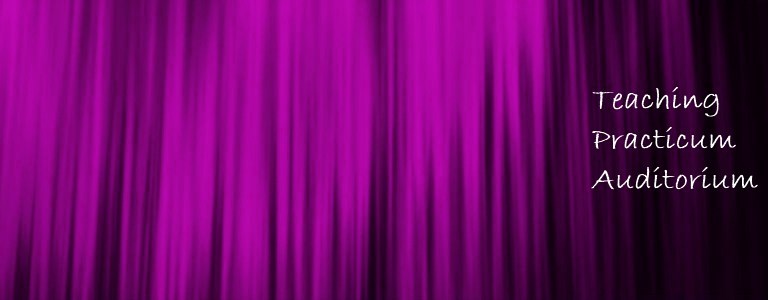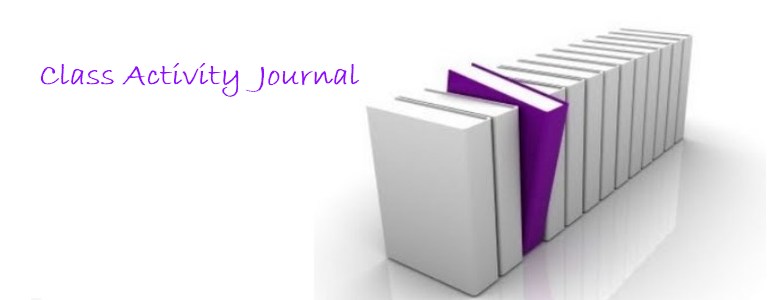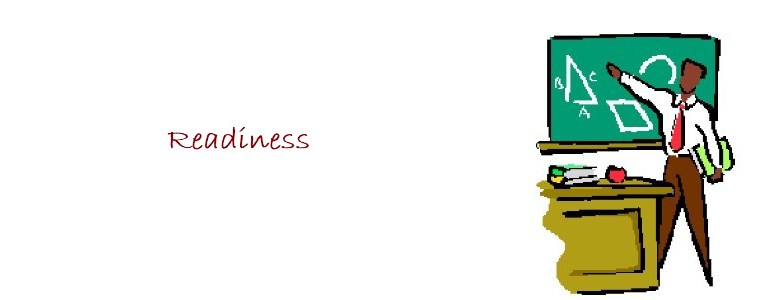International Baccalaureate Organization
 The International Baccalaureate Middle Years Program (IBMYP) is said to be a "whole school" Instructional Philosophy designed to provide all students with a challenging and enriching curriculum that:
The International Baccalaureate Middle Years Program (IBMYP) is said to be a "whole school" Instructional Philosophy designed to provide all students with a challenging and enriching curriculum that:
MYP Subject Areas include:
To assist students in their academic, intellectual and social development, the Middle Years Program also incorporates five organizing themes known as Areas of Interaction, which are integrated within the instruction of all subject areas. The Areas of Interaction include:
[ Read More ]

- develops critical thinking skills through studies in eight traditional academic subjects
- emphasizes the acquisition and command of both English and a foreign language (Spanish or French).
- exposes learners to the connections and interrelatedness of the eight curriculum subject areas.
- encourages the development of intercultural awareness along with an understanding of our own history and traditions.
MYP Subject Areas include:
- Language A: the students best language, usually the school's language of instruction
- Language B: a modern foreign language learned at school
- Humanities: history and geography
- Sciences: general science, biology, chemistry, physics
- Mathematics: core course including topics in arithmetic, algebra, geometry, trigonometry, probability and statistics
- Arts: art/design, music, drama
- Physical Education: health and hygiene, individual and team sports
- Technology: the nature, processes and impact of technology
To assist students in their academic, intellectual and social development, the Middle Years Program also incorporates five organizing themes known as Areas of Interaction, which are integrated within the instruction of all subject areas. The Areas of Interaction include:
- Approaches to Learning - concentrates on the discovery and mastery of effective study skills and subject-specific skills.
- Community and Service - encourages responsible, caring participation in one's local setting and in the wider world.
- Health and Social Education - concentrates on preparing students for a physically and mentally healthy life.
- Environment - stresses understanding the importance of conservation and responsibility for caring for the environment.
- Homo Faber "Humans as Makers" - emphasizes an appreciation for the creative and inventive genius of humans and encourages students to be creative.



































